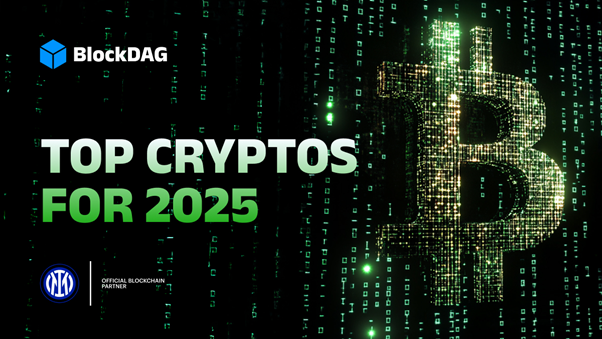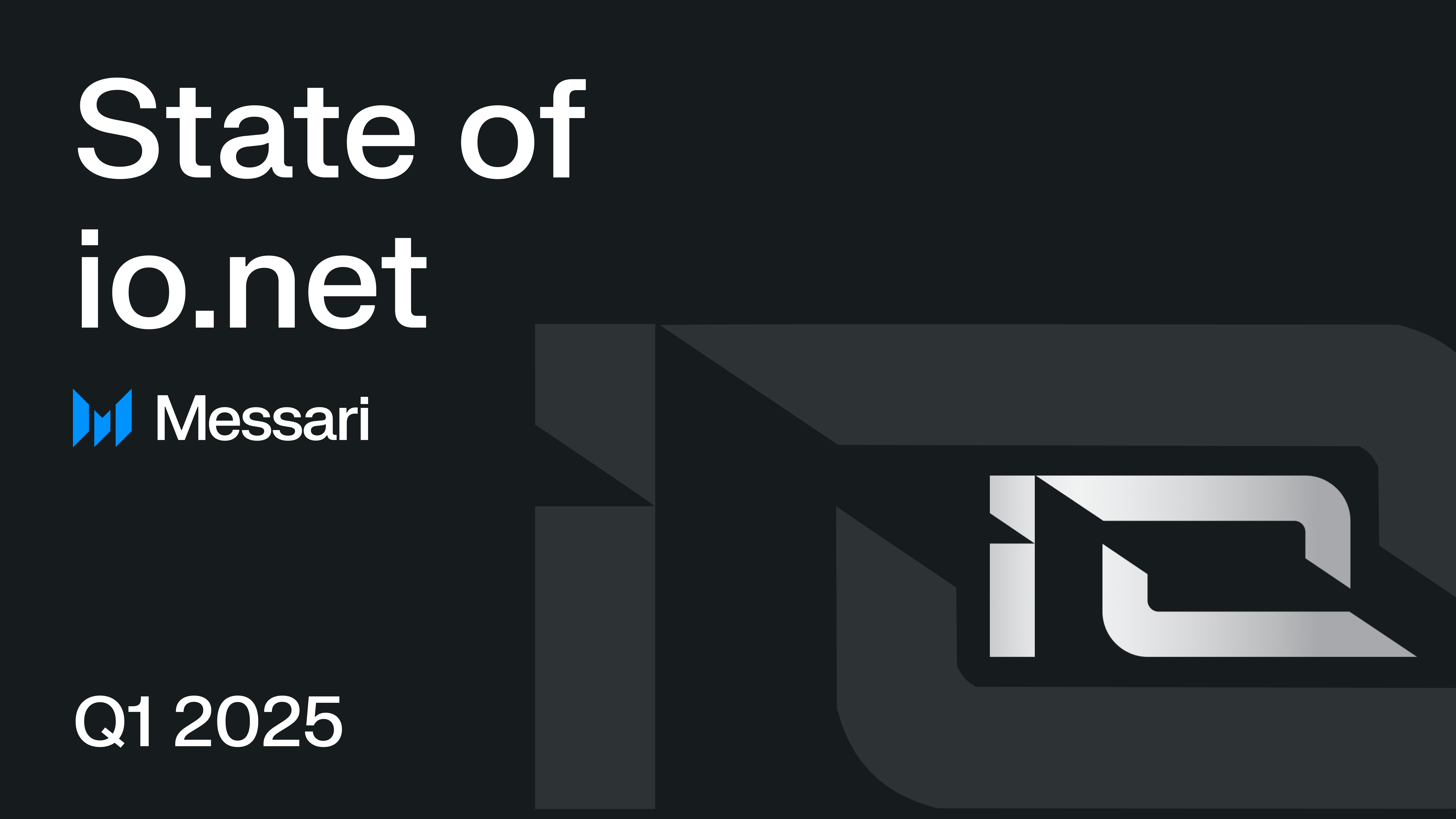AI+DePIN Technology Summit Concludes Successfully in Ho Chi Minh City

The ‘AI+DePIN Technology and Application Summit’, hosted by AIConnect and co-organized by JuCoin, successfully concluded in Ho Chi Minh City, marking significant progress in the integration of AI and DePIN technologies. The event featured speeches from industry leaders, including Tony Tong, President of the Hong Kong Blockchain Association, who emphasized the revolutionary impact of AI+DePIN on various industries. James, a board member of Exor Digital Holdings, introduced JuCoin Exchange, a platform dedicated to financial freedom and technological innovation. Andrew Wilson, co-founder of JuCoin Labs, highlighted their role in advancing blockchain technology and the Web3 ecosystem. Jonathan Frank, CMO of AIConnect, presented AIConnect as a decentralized computing network, aiming to lead the AI computing and blockchain industry into a new era. Alexx, AIConnect Community Ambassador, shared insights on the future of computational power and AI services. The summit showcased the potential of AI and DePIN integration to drive innovation and development in the fintech industry.
Related News





